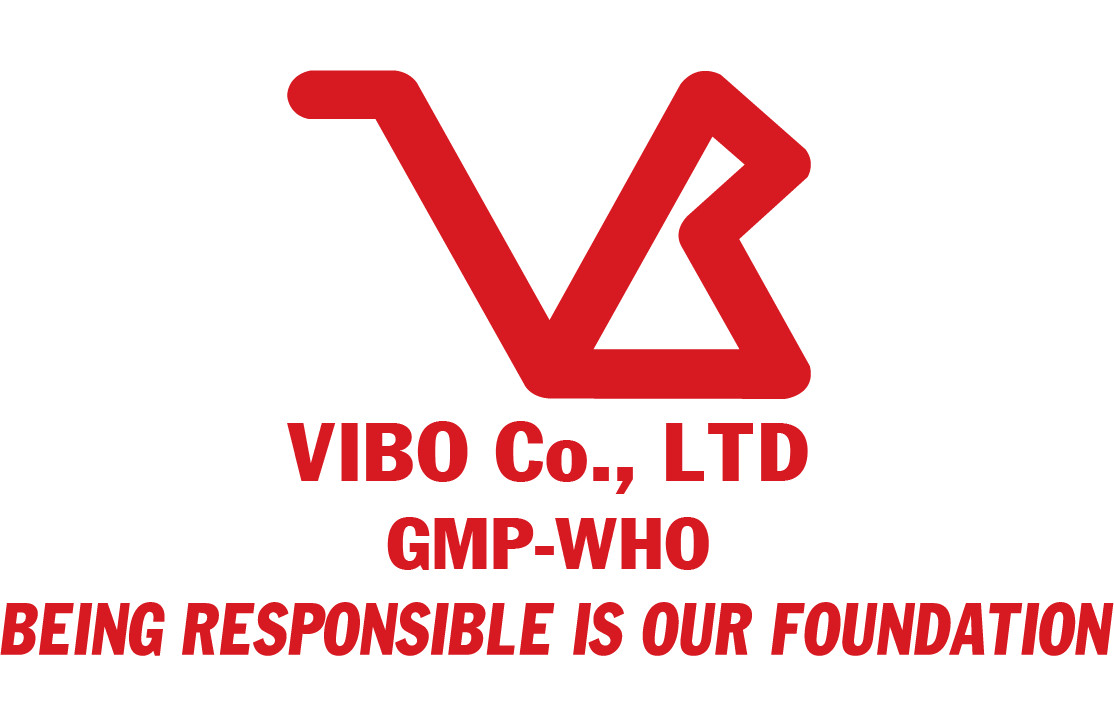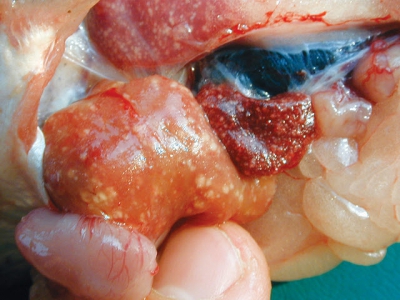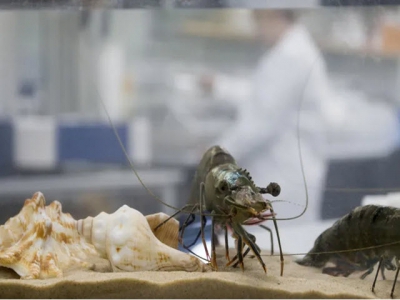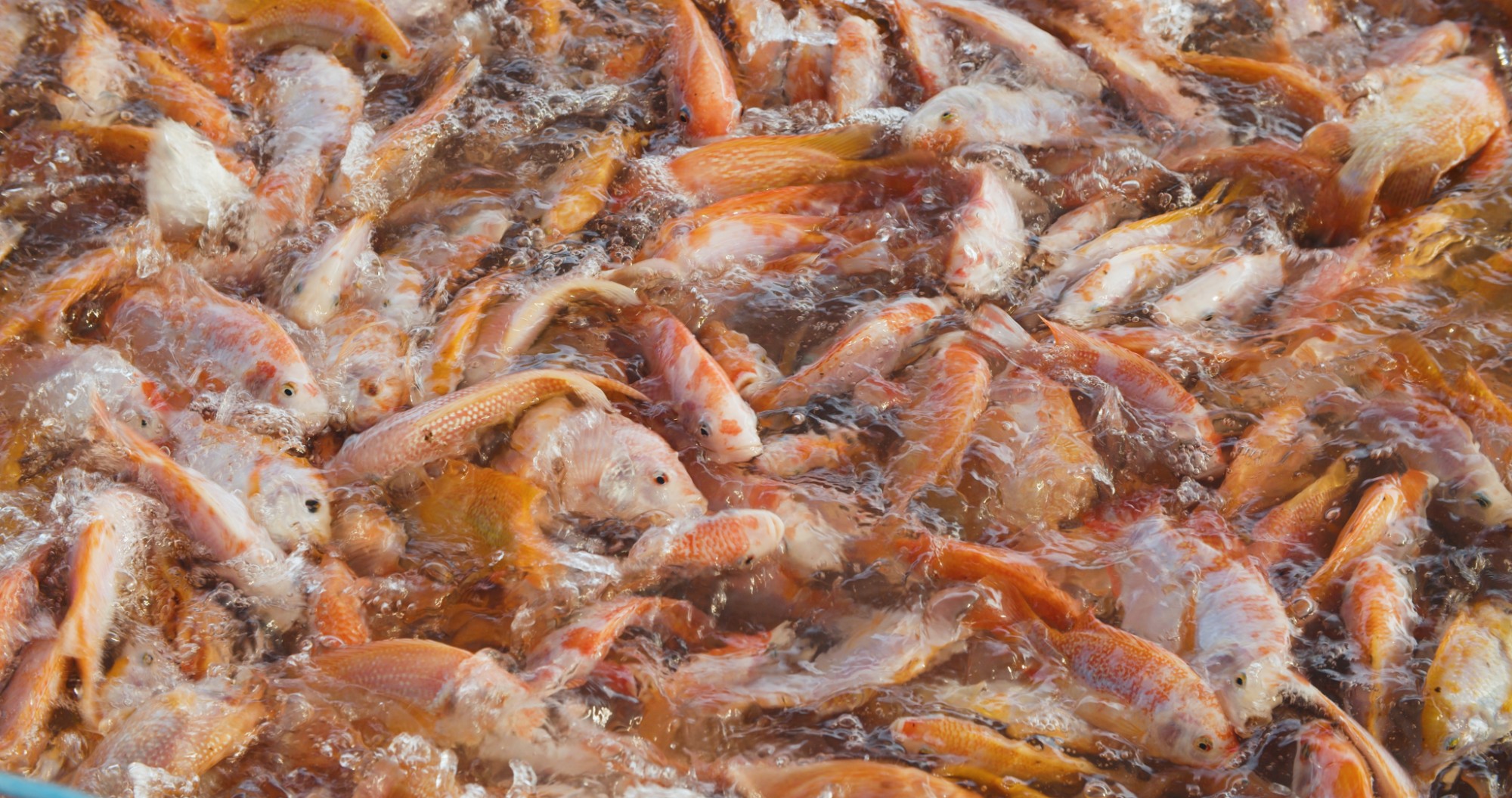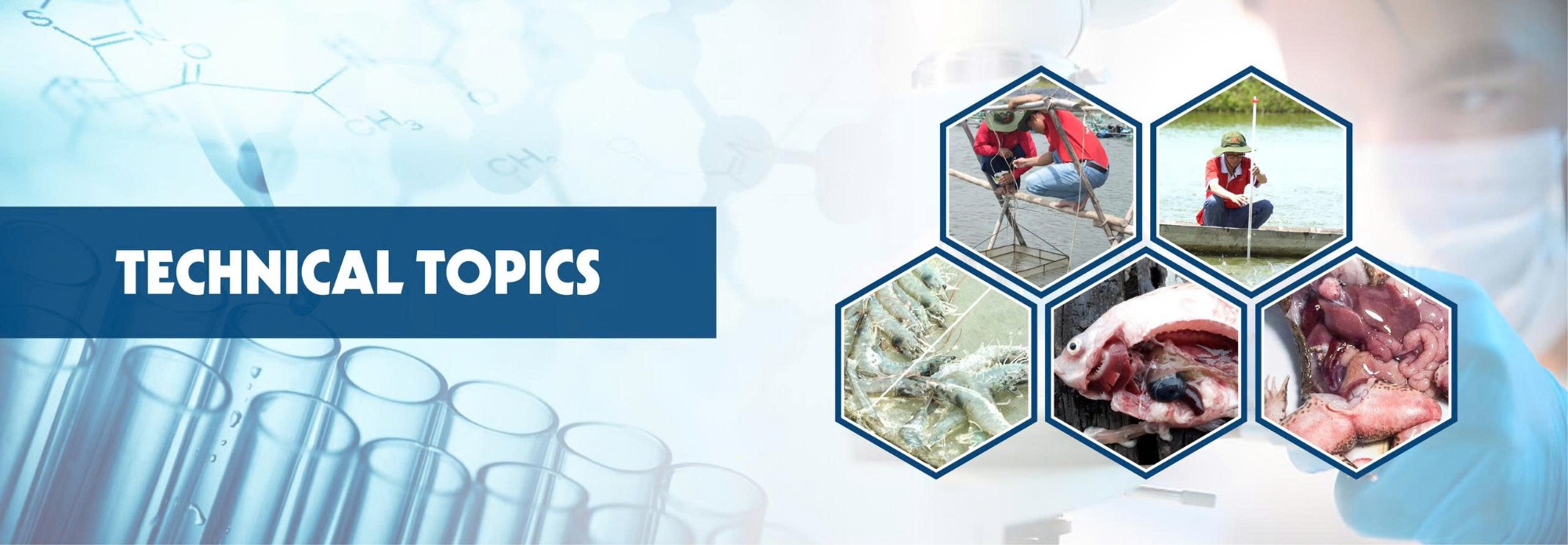
Technical Topics
04
THG11
Common diseases of pangasius catfish farmed in Vietnam
Bacterial infections and ectoparasites leading causes of mortalities
The clinical signs of Edwardsiella ictaluri infection in pangasius are numerous white spots on the kidney, spleen and liver.
The freshwater catfish (Pangasius hypophthalmus) is an indigenous fish species in high demand from global consumers. The commercial culture of pangasius in Vietnam provides improved socioeconomic status for thousands of Vietnamese producers.
As in other developing aquaculture ventures, health problems that include disease outbreaks from parasites and bacteria have been encountered. For pangasius, the most important disease problems are caused by the bacteria (Edwardsiella ictaluri), (Aeromonas hydrophila), (A. sobria) and (A. caviae).
Protozoan parasites encountered include organisms of the genera (Microsporidium), (Myxobolus), (Henneguya), (Trypanosoma), (Ichthyonyctus), (Trichodina), (Balantidium) and (Epistylis), as well as IIchthyophthirius multifiliis). Several metazoan parasites and noninfectious problems have also been reported.
04
THG11
A new tool in the battle against decapod iridescent virus (DIV-1)
A new diagnostic tool that can detect a range of aquatic pathogens, including DIV-1, between two and four weeks before clinical signs are apparent to shrimp farmers, has recently been launched by Genics.
Genics' MultiPath technology is now being used in 23 countries and covers over 90 percent of all Australian shrimp / prawn producers
Dr Melony Sellars, CEO of the Australian company, talks to The Fish Site about shrimp pathogens, founding a startup and the wisdom of shrimp farmers.
10
THG08
Procedures for prevention and treatment of parasitosis (Flukes and Trichodina ) in Red tilapia
The rainy season and the flood season always bring many problems for households who drink fish in the river. Because this is a favorable time for disease outbreaks due to poor water quality, polluted farming environment, constantly changing weather, and especially parasitic diseases which are most complex. . In recent times, the problem of parasitic diseases on Red Tilapia fish is considered a prominent problem and is being concerned by many breeders.


